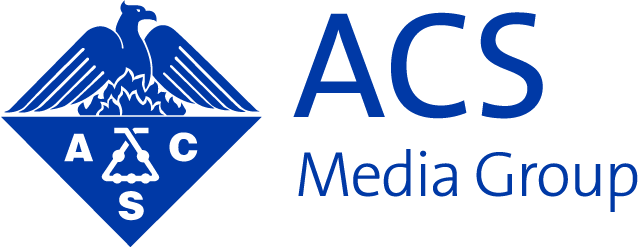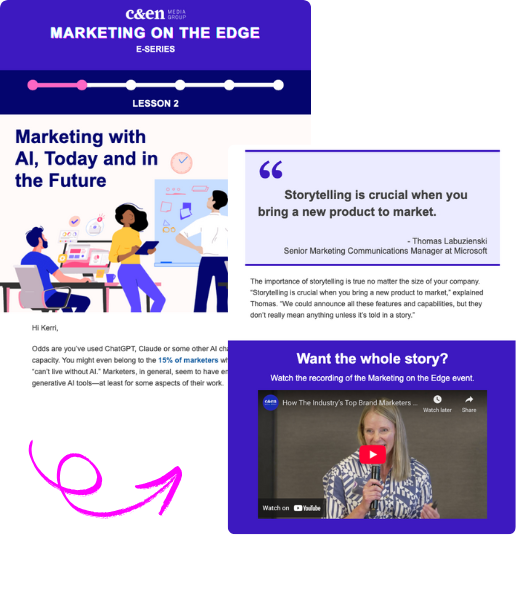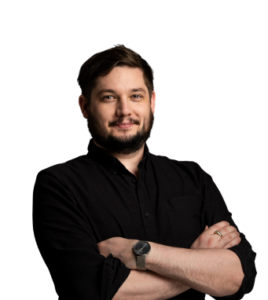Science is big on social media, and not just for the science-interested. Scientists themselves are sharing and consuming promising new research, career advice, chemistry memes and more. According to a recent C&EN BrandLab study, younger chemists (aged 18 to 34) are leading this charge by using social media to stay updated on trends and research in their fields.
Millions of these scientists are also engaging with influencers — chemists, educators and industry thought-leaders who are creating authentic content for their audiences and, in the process, playing an increasingly important role in how science is communicated.

We need to show the personalities behind the work. People relate to faces and personal stories more than corporate messaging.”
– Melissae Stuart, ACS Audience Strategist
We spoke to Kimberly Hilton, known online as Chemical Kim, a veteran science educator and social media influencer, as well as Melissae Stuart, audience strategist at the American Chemical Society, to understand how influencer marketing is reshaping how scientists engage online and how brands can safely get involved.
Why Science Brands Need Influencers
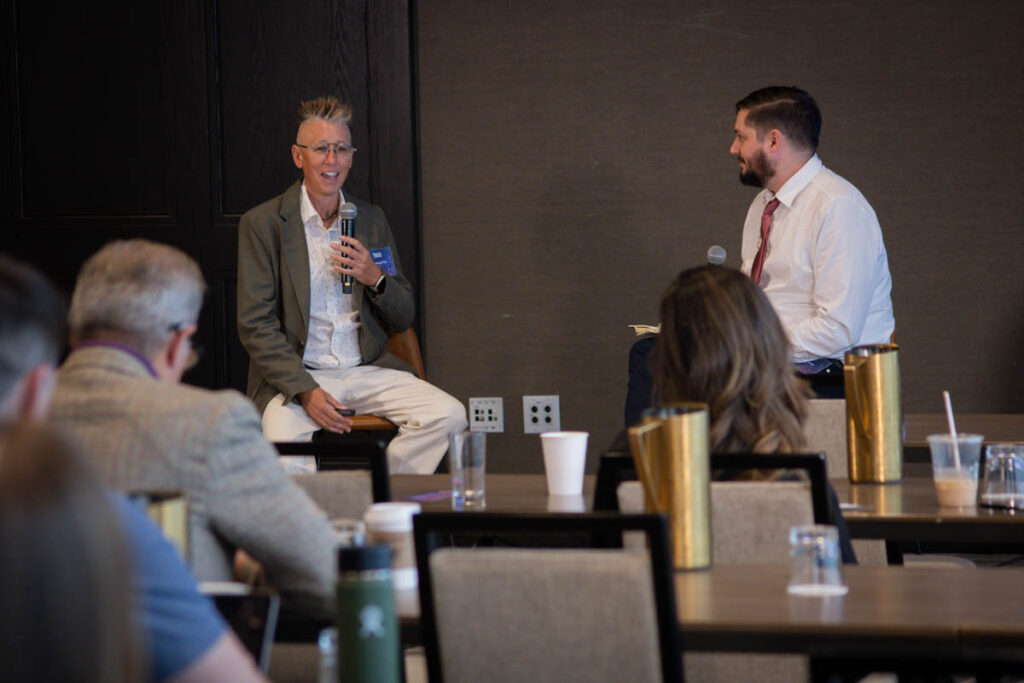
Social media is more than just a marketing tool; it’s a fundamental shift in how people consume information. “It’s webbed into our society, our family and our work environment,” Hilton said. “Everything we do, social media is a part of that.”
Despite its potential, influencer marketing in the science space still faces skepticism. Some marketers are hesitant to engage their brands on social media, in certain channels or with influencers themselves. With less control and more risk, it can be a tough sell as a corporate campaign. But not engaging on social channels is also a risk, according to Hilton.
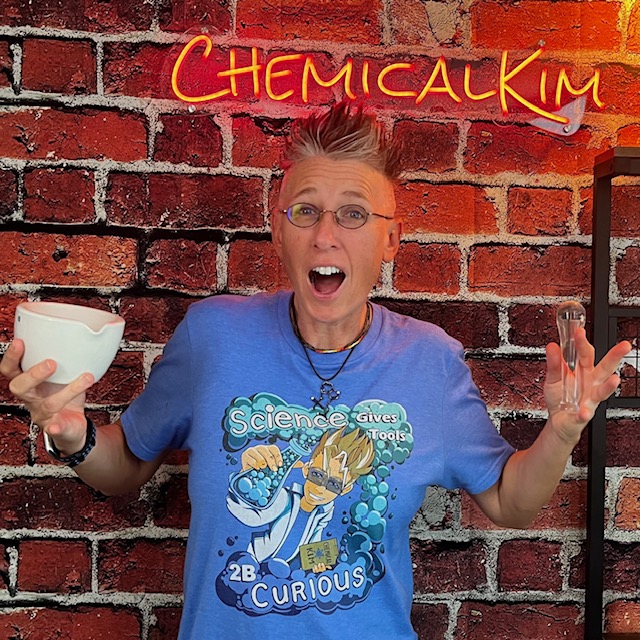
If you want to stay relevant, you have to evolve with where people are consuming content. Science marketing isn’t just about facts — it’s about connection.”
– Kimberly Hilton, Chemical Kim
“If brands have a need — whether to sell a product or educate — social media is where their audience is,” Hilton said. “More than half of America’s population is on TikTok. That’s where people are spending time, so that’s where science brands should be.”
How to Overcome Skepticism in Science Influencer Marketing
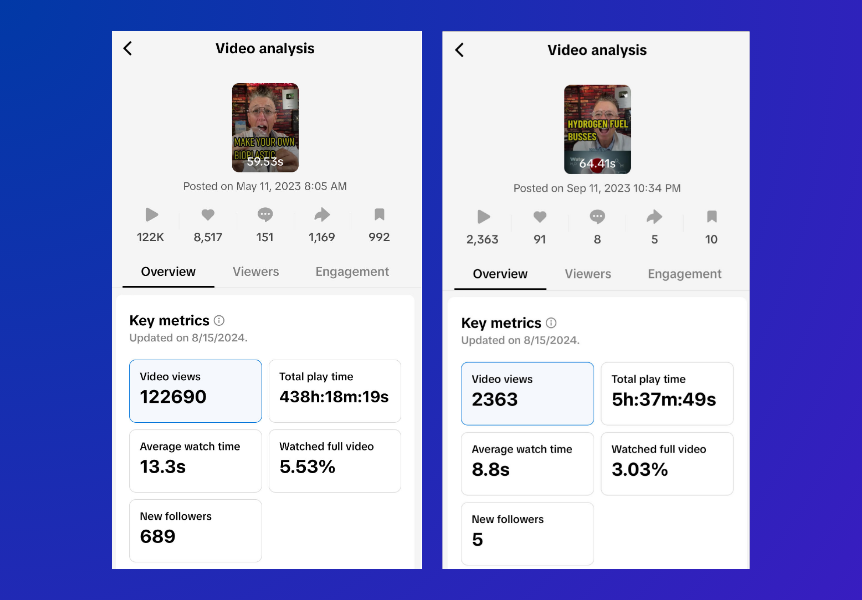
In the scientific community, there is a fear that social media is the Wild West, and that influencers lack credibility. But, Stuart explained, leveraging influencer marketing can be done in multiple ways depending on your organization’s goals, resources and comfort level.
“There are ways to bridge that gap,” Stuart said, “by partnering with content creators who are already respected in their scientific communities, or by committing resourcing to building up your own influencer.”
Hilton highlights the importance of brands finding influencers who align with their values, that they can collaborate with and ultimately that they can trust. “In my opinion, brands that try to control the message too much often see their content underperform,” she said. “When you choose an influencer, you have to trust them to deliver your message in a way that resonates with their audience.”
How to Drive Engagement
Science influencers succeed because they connect on a personal level. Highly engaging content, according to Stuart and Hilton, shares these key characteristics:
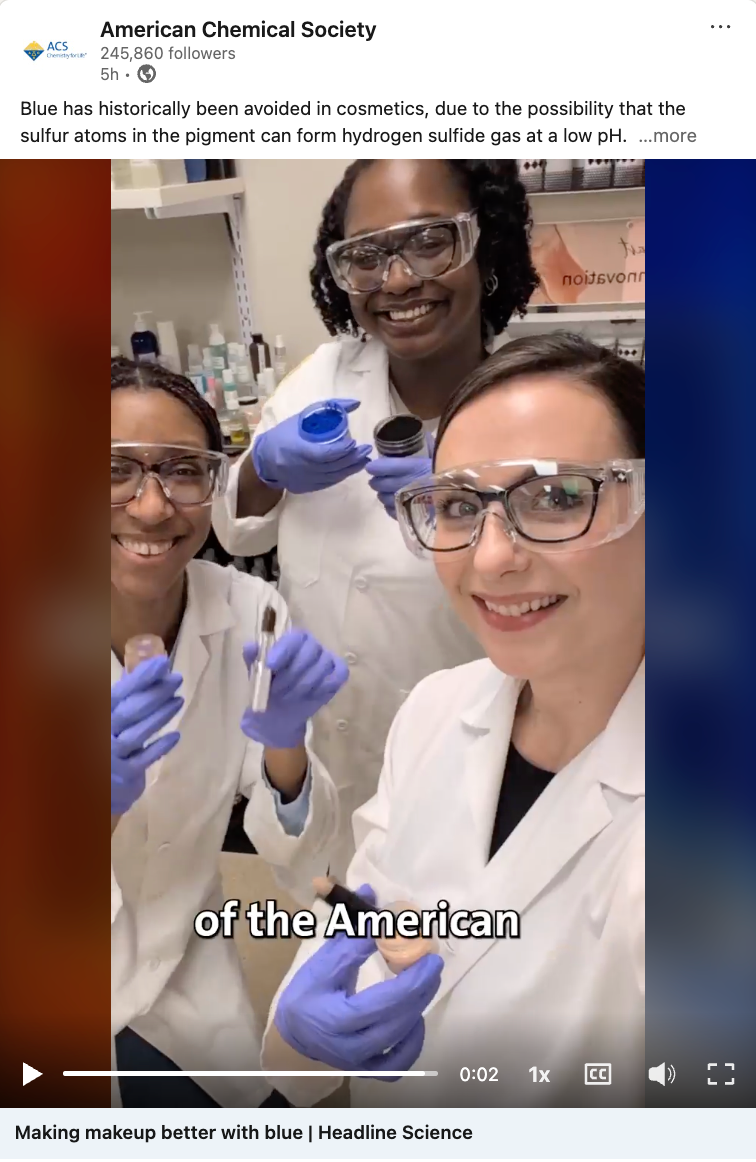
Authenticity is non-negotiable
Audiences can detect insincerity immediately. “Your audience knows when something isn’t in your voice,” Hilton said. “I’ve had collaborations where the brand slowly transitions the content into a commercial in their own style, and my audience can tell — it just doesn’t work. Those videos get poor engagement because they don’t feel authentic.”
The science is human
People relate more to individuals than to institutions. “We need to show the personalities behind the work,” Stuart advised. “People relate to faces and personal stories more than corporate messaging.”
The message is specific, not simple
Technical depth can be engaging when delivered well. “Scientists don’t want oversimplification,” Stuart noted. “They want specificity. Give them accurate, precise details, but deliver them in an engaging way.”
The content is platform-specific
A one-size-fits-all approach won’t work. “We see deep scientific discussions on LinkedIn, while Instagram thrives on visually stunning microscopy multimedia,” Stuart said. “Content needs to be tailored for these differences.”
How to Stay Ahead of the Market
Social media is also changing fast, so staying ahead and aware of emerging changes will be key to maintaining audience engagement over time. “We’re moving into a new era — spatial video, smart glasses, AI translations,” Hilton noted. Experimenting with new tools, like multilingual content, has already paid off for her. “I translated some of my videos into Spanish, and the response was incredible. Parents could finally engage with their kids on science topics.”
For science brands, adaptation is key. “You don’t need to follow every viral trend, but you do need to evolve,” Hilton advised.
So how can busy marketers keep up? Stuart recommended several resources that help professionals navigate the fast-changing digital space:
- ICYMI (Lia Haberman’s Substack): A weekly newsletter covering the latest social media trends, platform updates and digital marketing insights.
- Link in Bio (Milk Karten): A resource that examines how creators, brands and platforms intersect, with a focus on engagement strategies.
- Content is Not King (Digital Diplomacy’s Substack): A thought-provoking publication that challenges conventional content marketing wisdom and explores alternative strategies.
According to Stuart, keeping up with these resources can provide science marketers with a competitive edge. “Social media isn’t static,” she said. “What works today may not work tomorrow. The best marketers are the ones who continuously educate themselves and adapt their strategies accordingly.”
What to Do: Actionable Next Steps for Science Marketers
1. Know where your audience is and observe how they interact.
Understanding the platforms your audience uses — and the influencers they follow — is critical to immersing yourself in what they care about. This deep understanding, driven by consistent observation, can help connect dots: What about a popular influencer is resonating with my audience? What might a collaborative content partnership look like in this space?

2. Respect influencers’ expertise and creative freedom.
If you decide to work with an influencer, approach them as a partner, share your challenges and goals and listen and give feedback on their ideas. The best collaborations happen when influencers understand your brand and objectives — but are free to create something that will engage their audience and communicate in their authentic voice.
3. Balance credibility and engagement.
When identifying influencers to work with, look for individuals who have a scientific background, a trusted voice and deep ties to the community. The best science influencers aren’t just content creators who know the formula for highly engaging content; they are trusted educators or industry professionals within their niche.
4. Find your unique content lens.
Whether through humor, emotion or personal experience, a consistent content format enhances engagement. Stuart pointed to influencers Ky the Chemist, ChemTalk and Cheminem as unexpected, engaging ways to share science information.
5. Center scientists in your content.
People connect with people — not organizations. When brands share stories of the individuals behind the research — whether it’s a scientist driving innovation in plastics recycling content or a lab technician running critical experiments — they spark an emotional connection with their audience. “We want to see the scientists, the innovators, the people doing the work, Hilton said. “That’s what builds real trust.”
6. Experiment and adapt.
“What works today may not work six months from now,” Hilton said. “Algorithms change, audience interests evolve and new platforms emerge. Brands that succeed are the ones willing to experiment and shift their approach.” Test different formats, analyze audience responses and be willing to change direction when needed. And if something isn’t working, pivot, Stuart recommended. “Marketers should never just publish and hope for the best — track, analyze, and adapt,” she said.
What works today may not work six months from now. Algorithms change, audience interests evolve and new platforms emerge. Brands that succeed are the ones willing to experiment and shift their approach.”
– Kimberly Hilton, Chemical Kim
7. Go beyond likes and views.
Engagement rates, click-through rates and follower growth are positive indicators of success, but they’re not the only metrics that matter. True success should be measured by the ability to drive meaningful action.
For science brands, this often means prioritizing quality content over quantity. A well-crafted, high-trust relationship with a niche audience is far more valuable than chasing millions of disengaged followers. Take NileRed, for example: a widely known science influencer who posts just four to five videos on YouTube each year, yet receives 10 million-plus views per video.
“I care deeply about my followers, and I want them to trust me,” Hilton said. “If I promote something, I have to believe in it. If I turn down brand offers, it’s because they don’t align with my mission of science education.”
Final Thought: Preparing for the Future of Science Marketing
Social media is fundamentally changing how science brands engage with audiences, and influencer marketing is at the forefront of this transformation. By fostering authentic partnerships with content creators, brands can amplify their messages, build trust and ultimately, drive deeper connections within the scientific community.
As Hilton put it, “If you want to stay relevant, you have to evolve with where people are consuming content. Science marketing isn’t just about facts — it’s about connection.”
